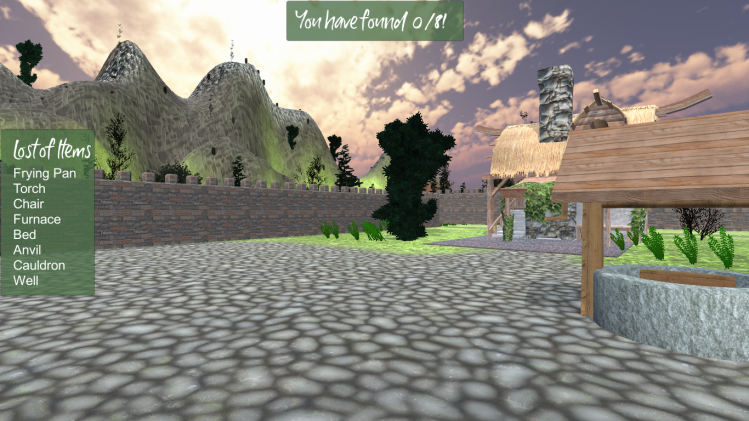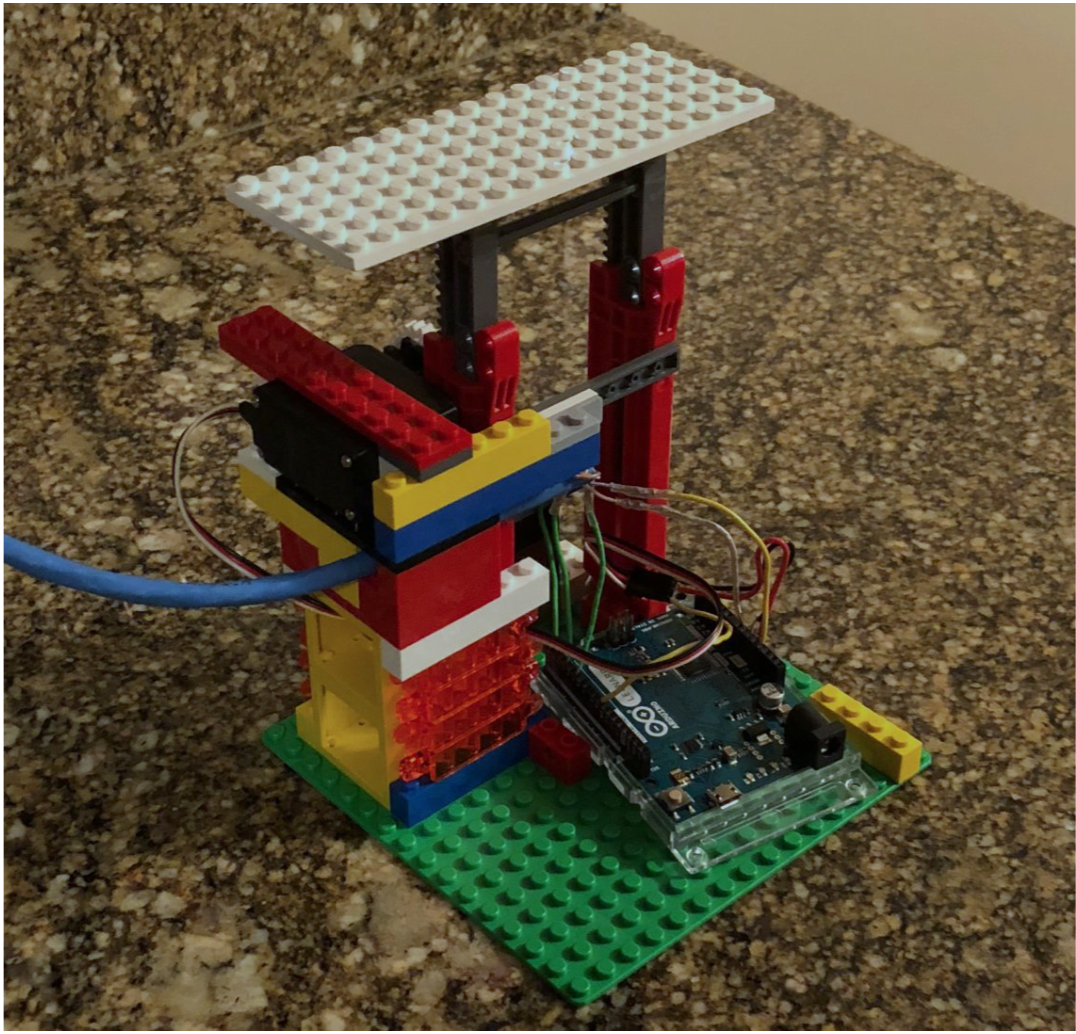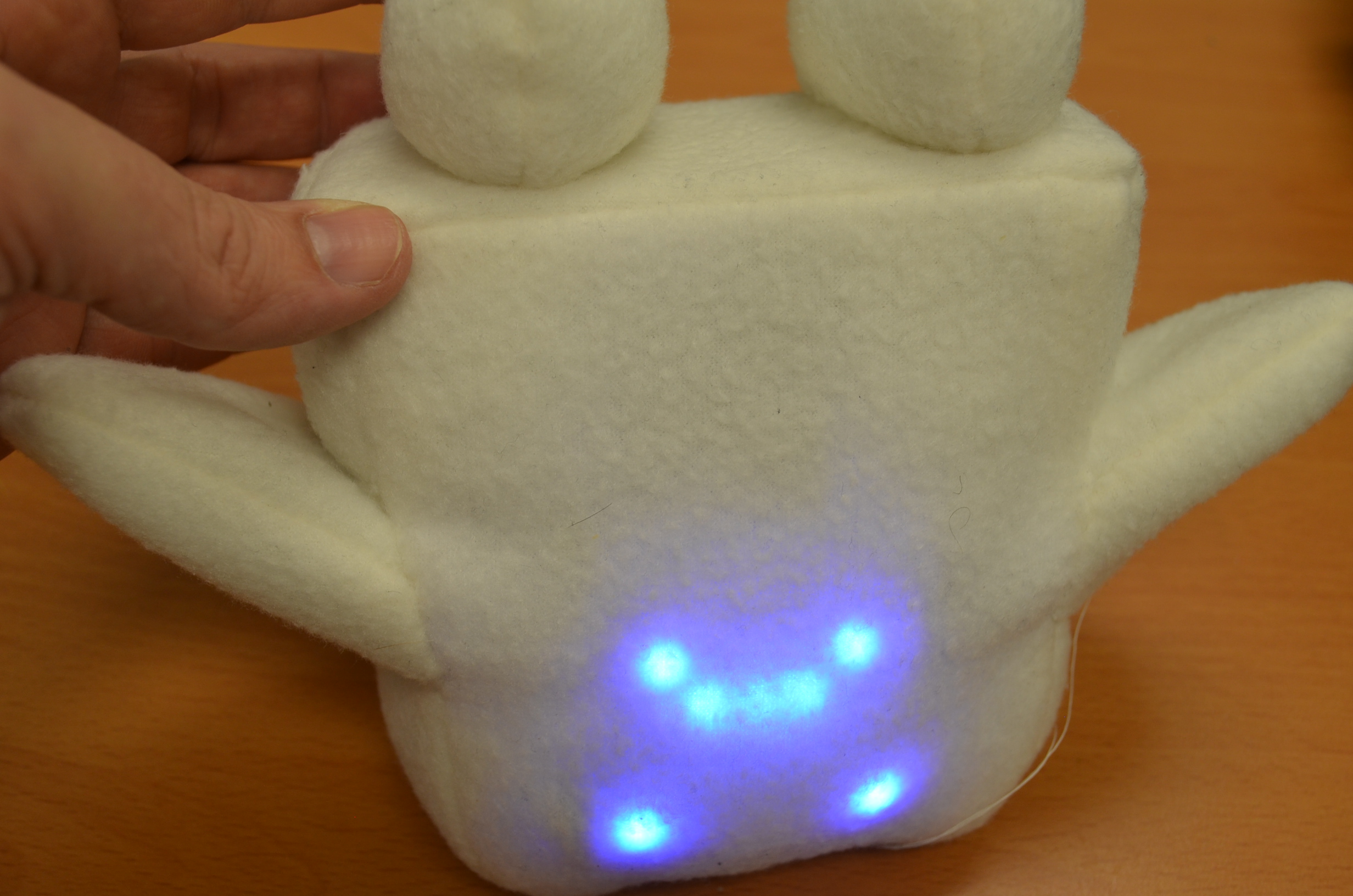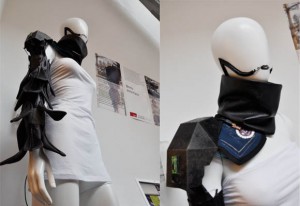Recent student game sound design capstone websites
- Aaron Bauer: https://aaronbaer.com/
- Gareth Davies: https://www.garethdaviesaudio.com/
- Carley Thompson: https://carley28thompson.wixsite.com/sounddesign
Specific student projects
This video demonstrates second year class project in which students just learning Unity create sonic environments that can be explored to discover more information. In this case listening to people in the buildings.
This video shows an example of a second year sound assignment focused on creating an environment using only sound calls in Unity to construct two distinct sound environments made up of multiple sound effects. the two environments needed to portray a different mood. This is a finals assignment for students first class learning Unity.
This video shows the work of a student Edward Hein learning how to extend a scrape sound by playing shot grains in succession, enabling a single sound asset to be tailored any scrape duration inn gameplay. Here the student is has built a Meta Sound object in Unreal 5 and is testing the object. He later incorporated this sound object into a test environment to be triggered by game events. (shown in video “Procedural Sound Design topic: Edward Hein”).
This video show the test environment created by a student, Edward Hein, to test his Door Squeak Meta Sound object in Unreal 5. The squeak of the swinging door in the clip is generated by playing short grains from a single sound file enabling the sound to be extended for any duration. To provide a bit more sonic context, Ed also included other standard sound elements such as feet sounds that change with surface and basic weapon sounds.
This is an example of a class project focused on integrating Wwise and Unity to create a sonic experience navigating between two distinct environment (visuals were not par of the assignment) . In this example the student managed to create a store environment including localized speakers, each playing the same synced audio file and an outdoor parking lot environment. This work was done by Ashlyn Parsons in her Junior year as well as including other localized sounds and foot steps on different materials.

Taken to the Game Developer’s Conference (GDC)
I advised Andrew Fergusson, who designed sound for the game.

Wheelchair-Based Controller for Video Games By Dylan Boggs
Excerpt from final paper: “The fact that most games do not just require movement input, but other input as well. For instance, in racing games, the player is required to accelerate and brake as well. This functionality was originally intended for the footrests, in order to be used as pedals. As mentioned in Section 4, this idea was a casualty of the conversion of the project into something which the disabled could use, and given that depending on the user of a wheelchair to have full faculty of their legs is not a guarantee, it was subsequently scrapped.

The player searches for items to pick up within the world, and wins when all items are collected. John was exploring how to design traditional interfaces in a vast-looking world in order to better understand how to design alternative interfaces for later projects.



Shrink Escape! Game
Game by Manvi Mathur
Blind Burglar: An Auditory Game for the Hearing Impaired By Vin Le, Rafael Alvarado, and Maxi Granja 

Pong
By Lorence Velasco


(Para)site By Alanna Kho, Amy Ngai, Georgina Chaplin, Luyi Wang 
KnemeDrum By Martin Chan, Macky Kwan, Ross Papa, Daniel Law 

Braccialetto By Tracy Choi, Paulina Lam, Carlo Lai, Johnson Zhu, Brianna Huxtable 
Columbia College Chicago Teaching
Courses Taught: Sound Design for Games II, Game Audio Studio, Sonic Experience, C++ Programming, Introduction to Programming, Sound and Music for Interactive Visual Media, Sound for Interaction, Physical Computing: Installations, Physical Computing: Robotics, Physical Computing I, Physical Computing II, Computational Media Development,
Directed Studies/ Mentoring: To date I have mentored 12 undergraduate students in their interests through independent studies. Topics have included Sound-Only games, physical robot and video-game hybrids, networked plush toys, sonic installations, and interactive graphics projects. I have also mentored one graduate student in the Interdisciplinary Arts Program.
Prior Teaching:
Body Interface (IAT320)
School of Interactive Arts and Technology, Simon Fraser University
This course focuses on body interfaces and embodied interaction. These can include wearable technologies, ambient environment and physical interaction in the context of intimate, personal and embodied computing. Students will design and prototype projects in the body interface domain. We provide an overview of current ways in which designers understand embodied interaction including art, design, fashion and games. Embodied interaction is introduced and explored in relationship to communication, adaptive qualities, fun/play, and expressivity. Readings, discussion and research are conducted in the current state of embodied wearable and expressive media including the poetics of intimacy, expressivity, fashion and ambient spaces.
Interactive Video (IAT 443)
School of Interactive Arts and Technology, Simon Fraser University
An intermediate level investigation of interactivity explored through media, in the context of current display technologies relevant to Interactive Arts and Design. Examines the computational and compositional structures related to image, sound and video, including 3D animation. Students explore real-time interaction and representation within a range of display scales ranging from cell phone, PDA to larger scale displays. Students will design, produce and critically appraise works within responsive interactive environments. Project context could vary from mobile locative media to immersive VR spaces.
Interactive Studio II (INTD 416)
Emily Carr University of Art and Design
The skills-based studio will expose students to contemporary software for interaction design. Short projects and activities will provide the opportunity to experience a variety of software packages that are used in web-based, mobile and sensor-based technologies. May include web software, mobile technologies, and Processing or current standard.
Art and Technology I (FA 245)
Faculty of Fine Arts, University of Victoria
An introduction to the cross influence between Art and technology in the twentieth century. Students are introduced to works of contemporary art and performance and discuss the philosophical and technical concepts that influenced the works.
Art and Technology II (FA 346)
Faculty of Fine Arts, University of Victoria
A practice-based course that introduces students to concepts of interactive art including non-linear narrative, computation and multi-disciplinary work. Students work with interactive computer systems to create art installations.
Recording Techniques (Mus 306)
School of Music, University of Victoria
An introduction to recording techniques including microphone placement and digital editing.
Computer Music I (Mus 307)
School of Music, University of Victoria
An introduction to computer music. Students are introduced to seminal works of the field as well as the underlying theories and techniques. The course also involves a practice portion in which students create their own works.
Computer Music II (Mus 407)
School of Music, University of Victoria
A follow up course to Mus 307. Students explore more advanced compositional concepts and techniques.
Acoustics (Mus 401C)
School of Music, University of Victoria
An introduction to acoustics for musicians. The focus is introducing the basic physical principals for understanding musical instruments.
Directed Studies
School of Music, University of Victoria
I worked with three Masters of Composition student to guide their interactive and nonlinear compositions project.